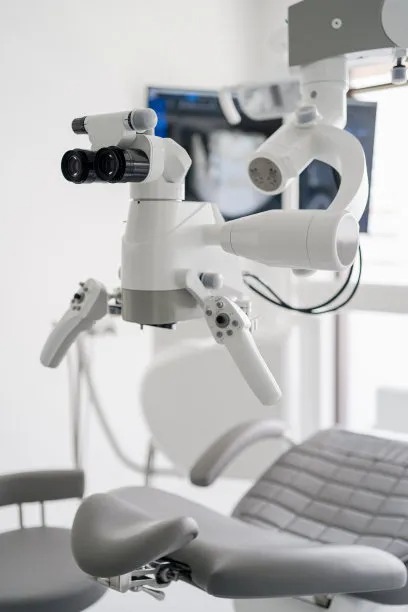Revolutionizing Smiles with Dental Implant Treatment Innovations for a Lasting Solution to Tooth Loss Challenges
Summary: Dental implant treatment has undergone significant innovations, transforming the way we approach tooth loss challenges. This article explores the advancements in implant technology, the benefits of improved materials and techniques, the crucial role of patient comfort, and the future prospects in dental care. These elements come together to provide a comprehensive look at how modern dentistry is revolutionizing smiles and offering lasting solutions that enhance both functionality and aesthetics. With these innovations, patients can regain their confidence and enjoy a better quality of life.
1. Cutting-edge Technology in Dental Implants

The field of dental implants has seen remarkable advancements in technology, which have greatly improved the success rates of the procedures. One of the most significant innovations is the development of 3D imaging techniques, enabling dentists to create precise implant placements tailored to each patients unique dental structure. This technology minimizes human error and helps in planning a treatment that is both effective and efficient.
Moreover, computer-guided surgeries have emerged as a game-changer in the dental implant process. They allow for real-time adjustments during the procedure, ensuring that the implants are placed accurately and securely. This advancement reduces postoperative complications and enhances the overall patient experience.
Additionally, laser technology has become increasingly prevalent in dental surgeries. Lasers can be employed to prepare soft and hard tissues, resulting in less trauma, quicker recovery times, and improved oral health outcomes. Such technological innovations significantly optimize the implant experience for both patients and practitioners alike.
2. Enhanced Materials and Techniques Used
The materials used in dental implants have also evolved, providing stronger and more biocompatible options that contribute to successful outcomes. Traditional metal implants are now supplemented with advanced materials like titanium and zirconia. These materials not only provide durability but also encourage bone growth and integration, leading to a stronger foundation for implanted teeth.
Furthermore, advancements in surface treatment techniques have made the implants more effective when it comes to osseointegration—the process of the implant fusing with the jawbone. Techniques such as sandblasting and acid-etching enhance the implant surfaces, facilitating faster healing and promoting a solid bond with the surrounding tissues.
Innovative techniques in grafting and sinus lifts also play a critical role in preparing the jawbone for successful implant placement. These procedures can help address bone loss issues effectively, ensuring that more patients are eligible for implants, no matter the state of their oral health.
3. Prioritizing Patient Comfort During Procedures
In addition to technological advancements in dental implants, patient comfort has become a key focus in modern dentistry. The introduction of sedation dentistry has allowed patients to undergo implant procedures without experiencing anxiety or discomfort. Different sedation options are available, providing a personalized approach to suit patients’ needs, enhancing their overall experience.
Moreover, minimally invasive techniques have been developed to reduce the impact of surgical procedures on the patient. These methods often require fewer incisions and less tissue manipulation, leading to quicker recovery times and less discomfort post-surgery. This focus on a more pleasant experience has transformed the perception of dental clinics and orthodontics.
The importance of aftercare education and follow-up appointments has also been emphasized. Patients are now more informed about post-operative care, which significantly aids in speedy recovery, as they are more involved in every step of their treatment journey.
4. Future Innovations in Dental Treatment
As we look toward the future, the potential for further innovations in dental implant treatments is immense. Ongoing research is focusing on the use of regenerative medicine and stem cell therapy, which may offer even more effective ways to tackle tooth loss. The goal is to enhance the body’s healing processes, allowing for faster integration and restoration of functionality.
Moreover, artificial intelligence (AI) is poised to transform implant dentistry even further. AI can assist in diagnostics and treatment planning, streamlining the process and making it more predictable. It may also help in personalizing treatment protocols based on a patient’s unique health profile and dental history.
Finally, advancements in tele dentistry are making it easier for dentists to consult with patients remotely. This ensures that patients receive timely advice and guidance throughout their treatment process, making dental care more accessible and convenient.
Summary:
In conclusion, the innovations in dental implant treatments are revolutionizing the field of dentistry, providing patients with reliable, long-lasting solutions to tooth loss. From advanced technologies and materials to an emphasis on patient comfort and future potentials, these developments are greatly enhancing the quality of dental care. Patients can look forward to improved outcomes and a better overall experience in their journey towards restored smiles.
This article is compiled by Vickong Dental and the content is for reference only



